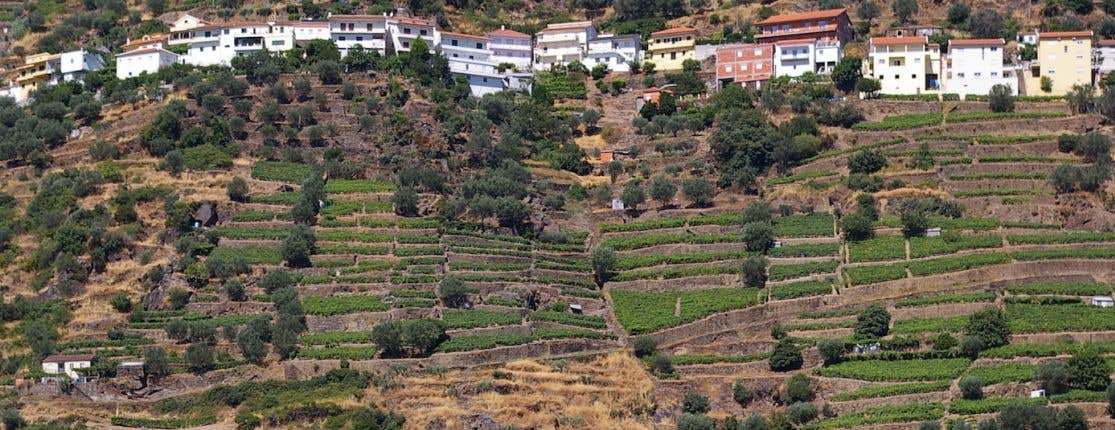Portugal

Portugal's advantage in wine terms – its isolation, which has kept its inheritance of indigenous vine varieties intact and virtually unaffected by Chardonnay- and Cabernet-mania – has also been its disadvantage. The Portuguese have had this strange habit of making wines to suit the palates of other Portuguese rather than making the sort of fruity, juicy-yet-structured wines that appeal to the majority of the world's wine consumers. The wines that have traditionally been most respected within Portugal are incredibly tough reds and whites that are perhaps past their best.
In fact Portugal has some first-class raw materials and is increasingly demonstrating the will and skill with which to transform them into exportable wines. There seems to me to be little correlation, however, between the country's denominated regions (DOCs) and inherent wine quality. Dão is one of the traditionally most respected wine regions, for example, but I have found infinitely more pleasure in bottles from much more obscure corners of this essentially Atlantic-influenced country (where vines are grown almost everywhere).
Rainfall varies enormously according to proximity to the coast. The Vinho Verde region in the far north west, famous for light, dry whites, for example, is one of the wine world's wettest, while the Douro Valley to its immediate south east is one of the driest during the crucial growing season. This extraordinarily arid, harsh valley is responsible for Portugal's second greatest gift to the wine world, port, the sweetest, strongest, darkest wine known to man and his cranium. Its most significant contribution of course is cork, of which it is by far the world's most important source.
Wine production has been largely in the grip of co-operatives, which have only slowly been rejuvenating their ideas and techniques. The picture is further confused by the fact that some of the DOCs – Carcavelos for example – reflect Portugal's rich wine exporting history more than modern reality.
Understanding Portuguese labels
adega, winery or cellar.
branco, white.
colheita, vintage.
DOC, Denominação de Origem Controlada, Portugal's equivalent of France's appellation contrôlée, but a less sure guide to the country's most user-friendly wines. DOP or Denominação de Origem Protegida is an alternative, equivalent category.
Garrafeira, DOC or IGP wines treated to extended ageing. Not used as much as it used to be.
IGP, Indicação Geográfica Protegida, formerly known as Vinho Regional this denomination is for regional wines that have to meet less strict criteria than DOC wines. The term Vinho Regional may still appear on labels.
preto/a, black
Reserva, a term applied to vintage DOC wines
quinta, farm or wine estate.